Post researched and written by Curator of Photographs Anna Petersen
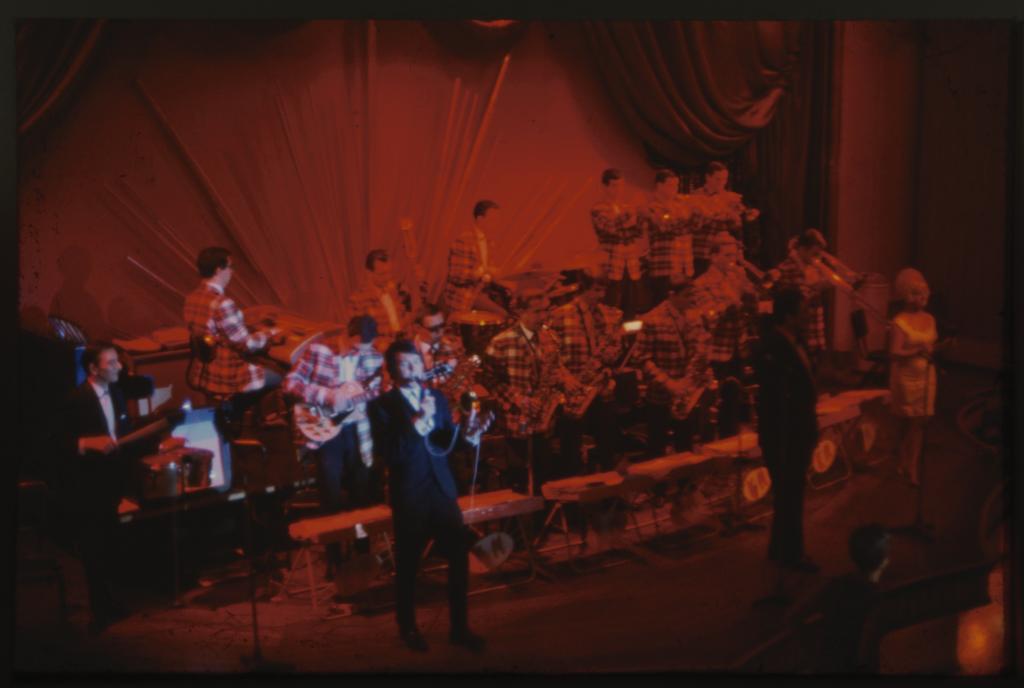
The Geoff Adams collection of slides, prints and negatives in the Hocken Photographs Collection stand out for their colourful, rather racy nature.
Predominantly portraits of actors, artists, singers, TV broadcasters, dancers and sportsmen, they were all taken in London during the mid-1960s and tell of those swinging times when television had just come in and the Avengers, Twiggy and the Beatles ruled the airwaves. The eyes of the women are heavy with black mascara and the men wear tight-fitting tops – why there are even two shots of Clive Revill and Raquel Welch, greatest sex bomb of them all.

Fig. 2 Terry Callahan, 1966, P2004-044/2-045.

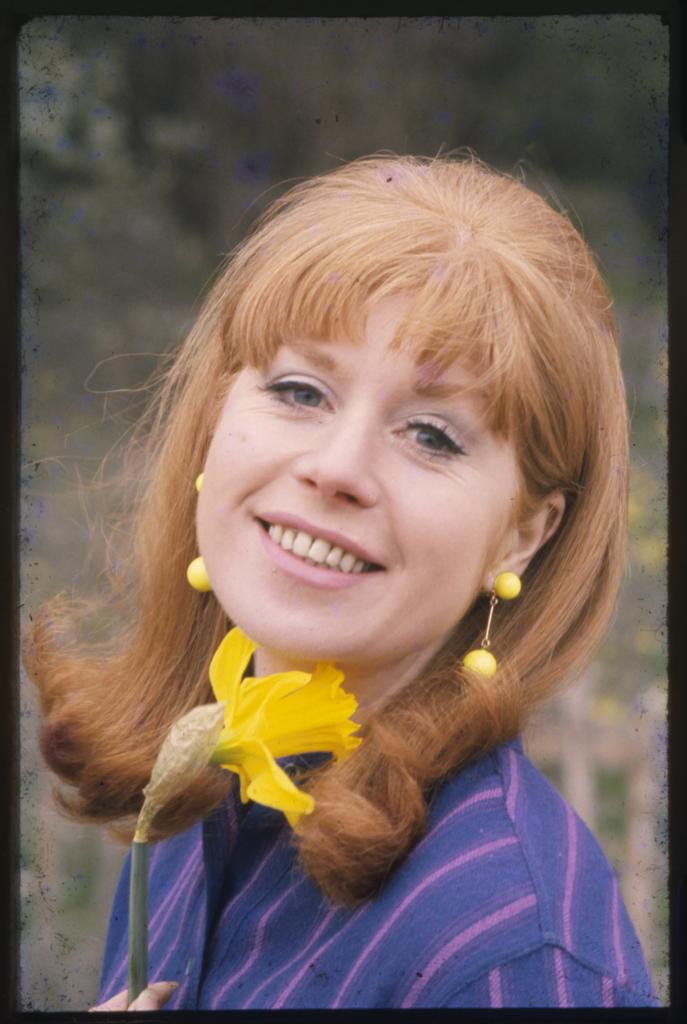

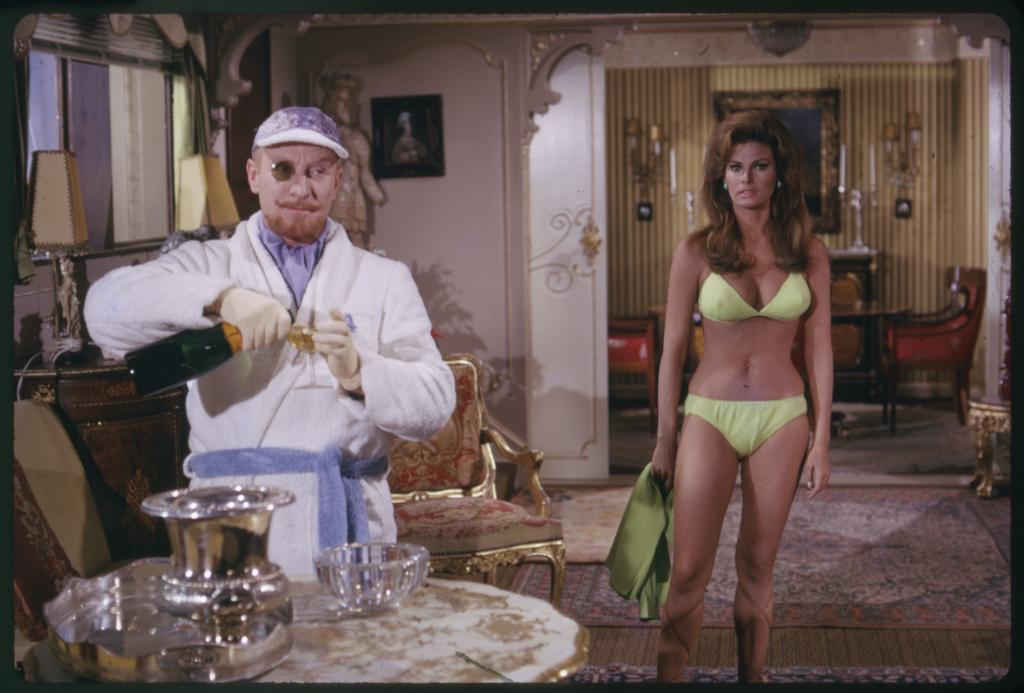
As the world ground to a halt with Covid lockdown, I took the opportunity to contact Geoff and ask him more about these photographs, which date from one of the busiest periods of his working life.
Geoff was living the dream of many young journalists at the time. He first won a USA State Department journalism scholarship offered by the US Embassy in Wellington, which took him to the States for three months on an all-expenses paid tour of many of its main cities. ‘That tour covered the two party conventions held before the LBJ-Goldwater presidential election, the World’s Fair in New York and the murder of civil rights workers in the Mississippi.’[i]
From America, Geoff moved to London (and was joined by his wife, Helen and young family) to take up a three-year placement as solo resident correspondent in London for New Zealand Associated Press (NZAP). Those three years, between 1964-1967, ‘included a few brief visits to Ireland, Scotland, France and Belgium for news stories or conference reporting, and also a fortnight’s tour of Russia (the latter ‘with Vladimir, my KGB escort, was very eerie but exciting’).[ii]
The NZAP (not to be confused with the NZPA or New Zealand Press Association, which until 2011 offered a news service to all newspapers in New Zealand), was a consortium of the NZ Herald (Auckland), Evening Post (Wellington), The Press (Christchurch), and the Otago Daily Times (Dunedin). While the NZPA dealt with hard news and the newspapers Geoff served wanted feature stories and photographs, ‘the two did occasionally compete’. [iii]
Geoff recalls how he enjoyed moments in his office at 107 Fleet St of racing with his secretary to get films developed and fine prints made within an hour at a studio close to his office in Ludgate Circus, and then cabling the stories to New Zealand ‘to meet the late edition for publication by lunch the next day’.[iv]
This was the period when papers were making the switch to colour and, though Geoff only carried a ‘rough and ready’ camera, there were times when his efforts made it to the front page or created a double-page spread in the centre of the New Zealand Weekly News, a big magazine (long defunct) that was started by the NZ Herald.


Portraits in the Geoff Adams collection include such British celebrities as Diana Rigg, Patrick McGoohan, Noel Coward, Lynn Redgrave, Dudley Moore and Malcolm Muggeridge, but the newspapers and readers Geoff served were especially crying out for illustrated articles about New Zealanders who were making a splash overseas. They could not get enough of Kiri Te Kanawa in particular, who went to study at the London Opera Centre in 1966.
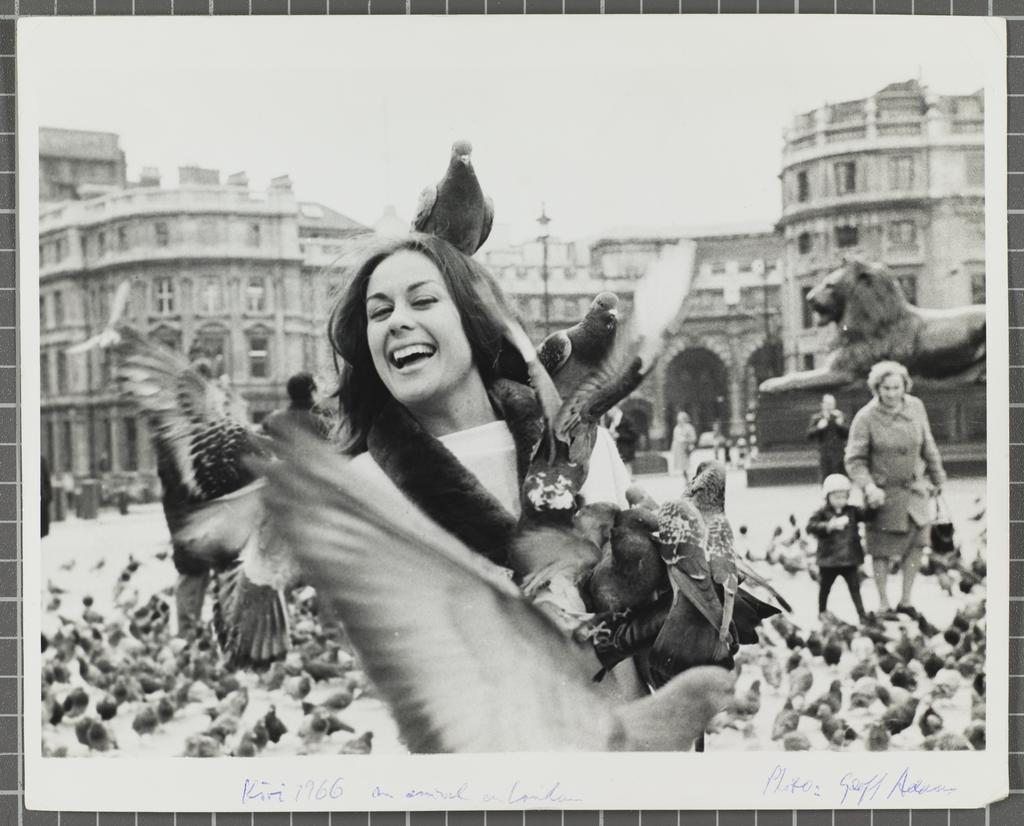
Having a life-long interest himself in music, Geoff well remembers capturing Dame Kiri on the balcony of New Zealand House, together with Inia Te Wiata, who was a close friend of his. Whenever Geoff visited New Zealand House and could hear Inia banging or singing as he worked in the basement on the carved pouihi (for eventual display in the foyer of New Zealand House), he would go down for a chat and they would often have lunch together at a pub over the road.
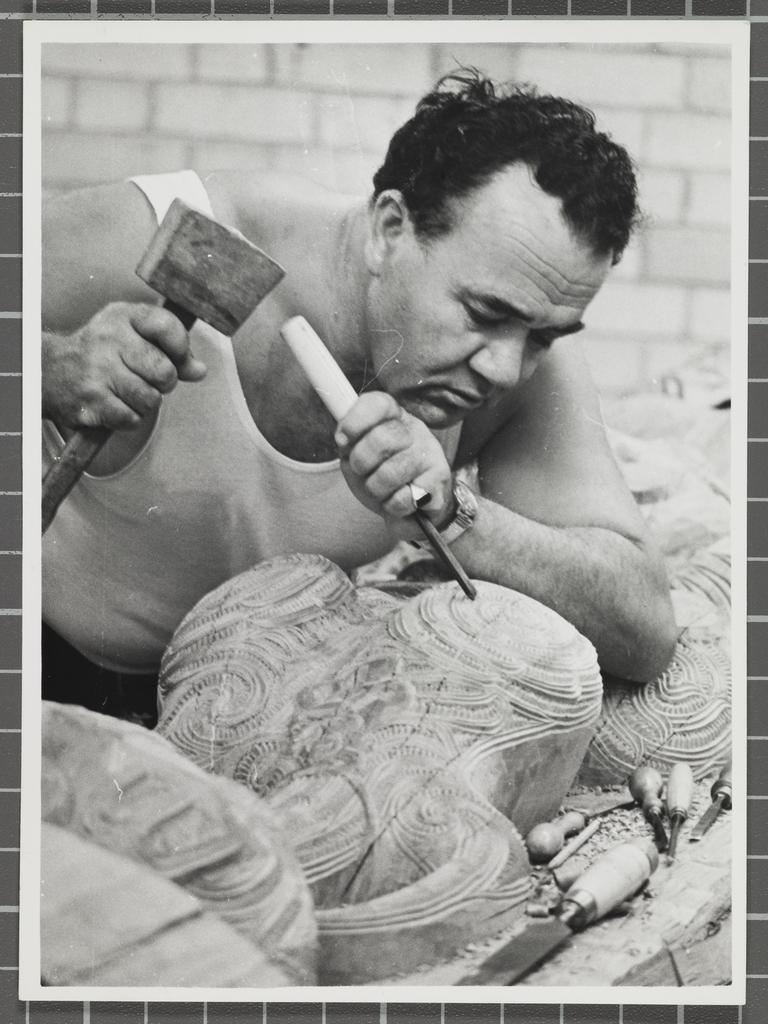
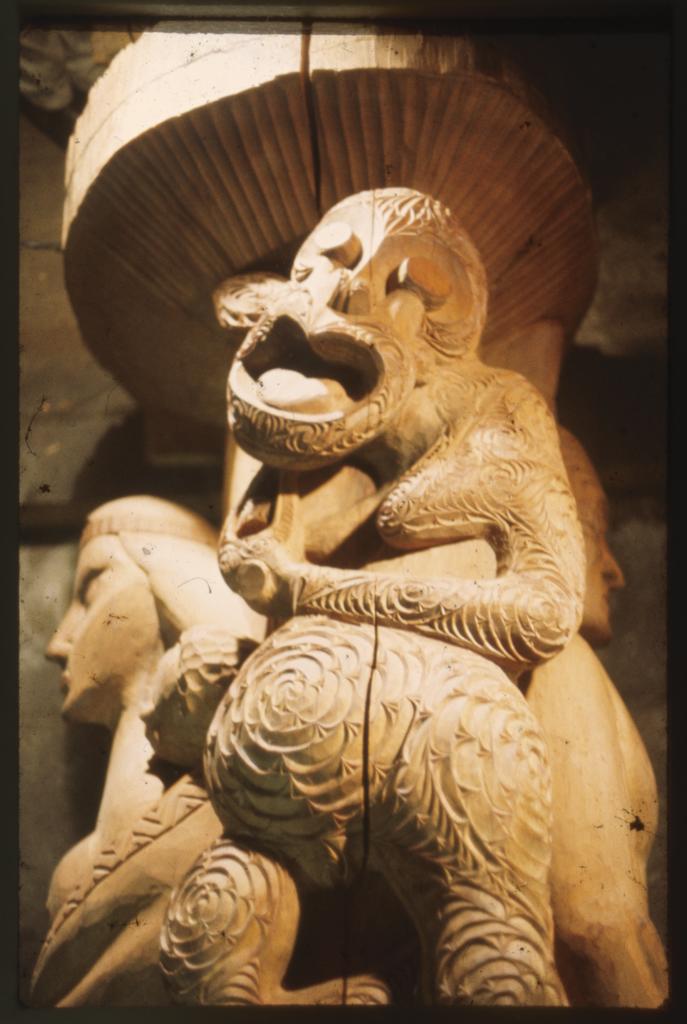
While it was the journalist’s job to hunt out and pursue newsworthy stories by contacting agents of the more famous and arranging interviews, sometimes it was the journalists themselves who were called to provide much wanted publicity. For example, Geoff was invited along with other Commonwealth journalists in 1966 to the opening of the new Playboy Club on Park Lane. There he discovered 23-year-old bunny, Colleen Turner, all the way from Auckland.

The art-related slides include valuable records of artists, Melvin Day, Ted Bullmore and John and Warwick Hutton at work in their studios, as well as a series relating to the production of the first New Zealand decimal coins at the Royal Mint in 1967.

These latter document the whole process from the translation of James Berry’s designs to plaster models, to the making of the dies and striking the 165 million new coins.[v]
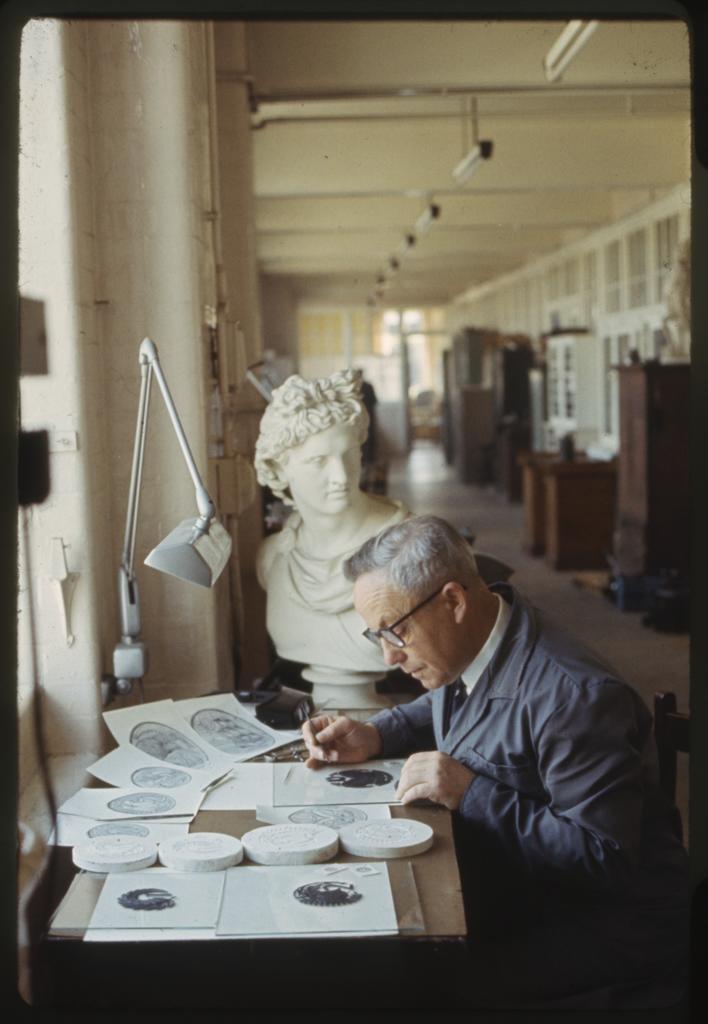
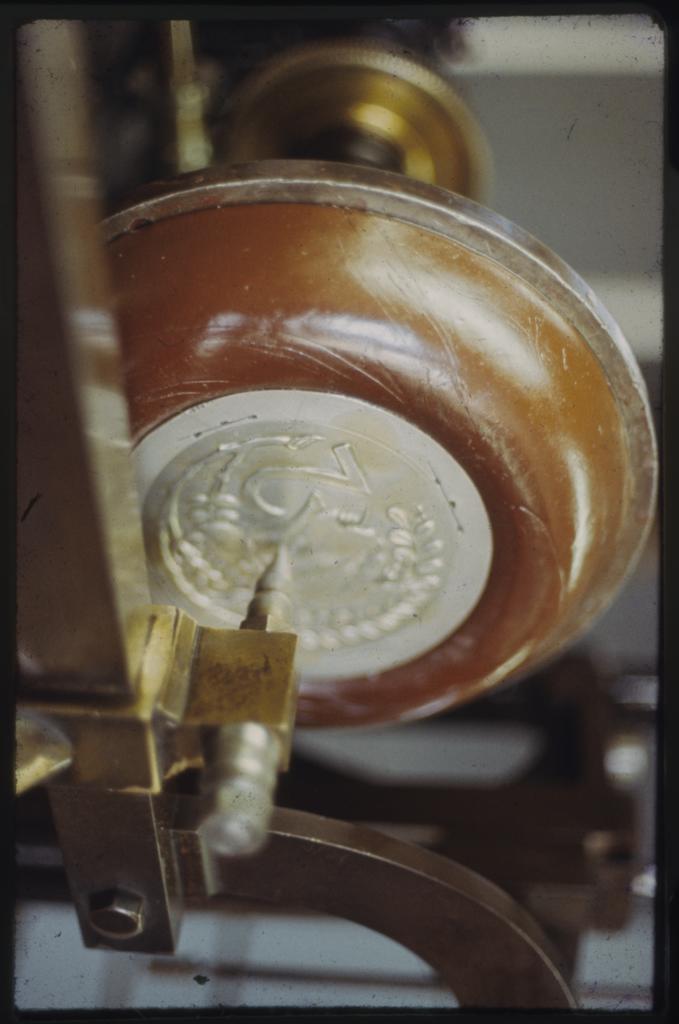
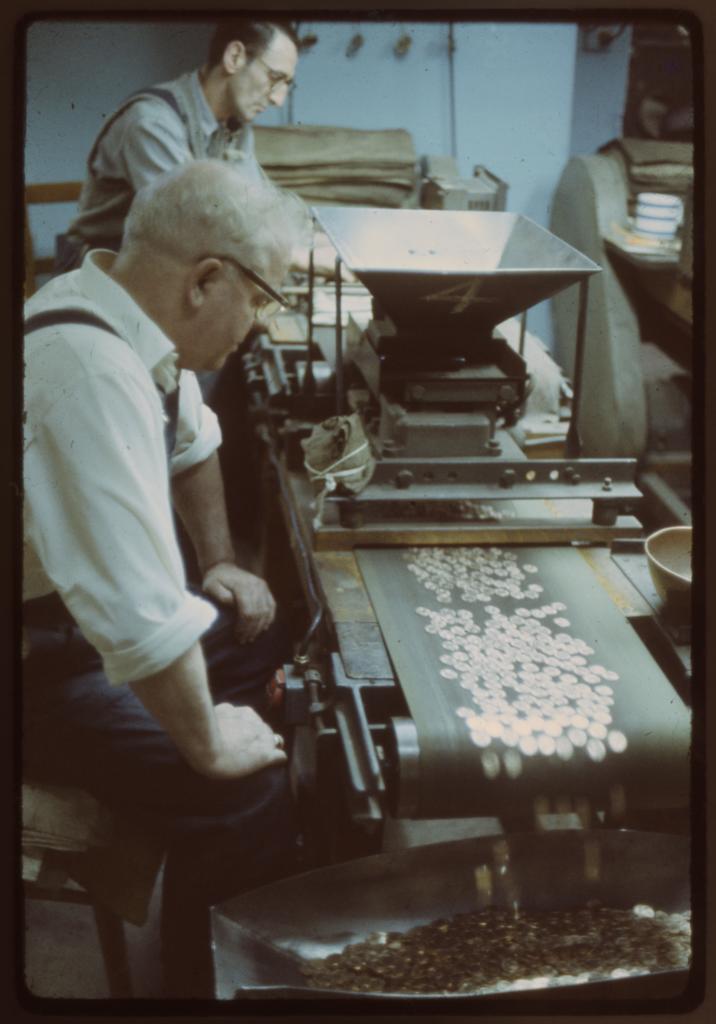
Geoff subsequently brought his talents back home to Dunedin and spent the rest of his career working for the Otago Daily Times, first as deputy editor for 11 years and then as editor from 1988-1997. His collection of 171 prints, 124 film negatives and 196 slides from the 1960s form a distinct body of work, available under the reference number P2004-044, but also represent just part of the strong association that the Hocken holds with our major local newspaper, the Otago Daily Times.
[i] Email correspondence, 9 April 2020.
[ii] Ibid.
[iii] Ibid.
[iv] Telephone conversation, 8 April 2020.
[v] ‘New Zealand adopts decimal currency’. URL: https://nzhistory.govt.nz/nz-adopts-decimal-currency,(Ministry for Culture and Heritage), updated 3-Aug-2017. https://www.royalmint.com/discover/uk-coins/making-the-coins-in-your-pocket/, (viewed 15 April 2020).

